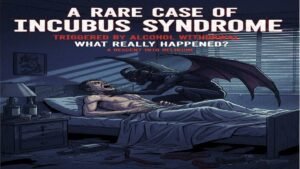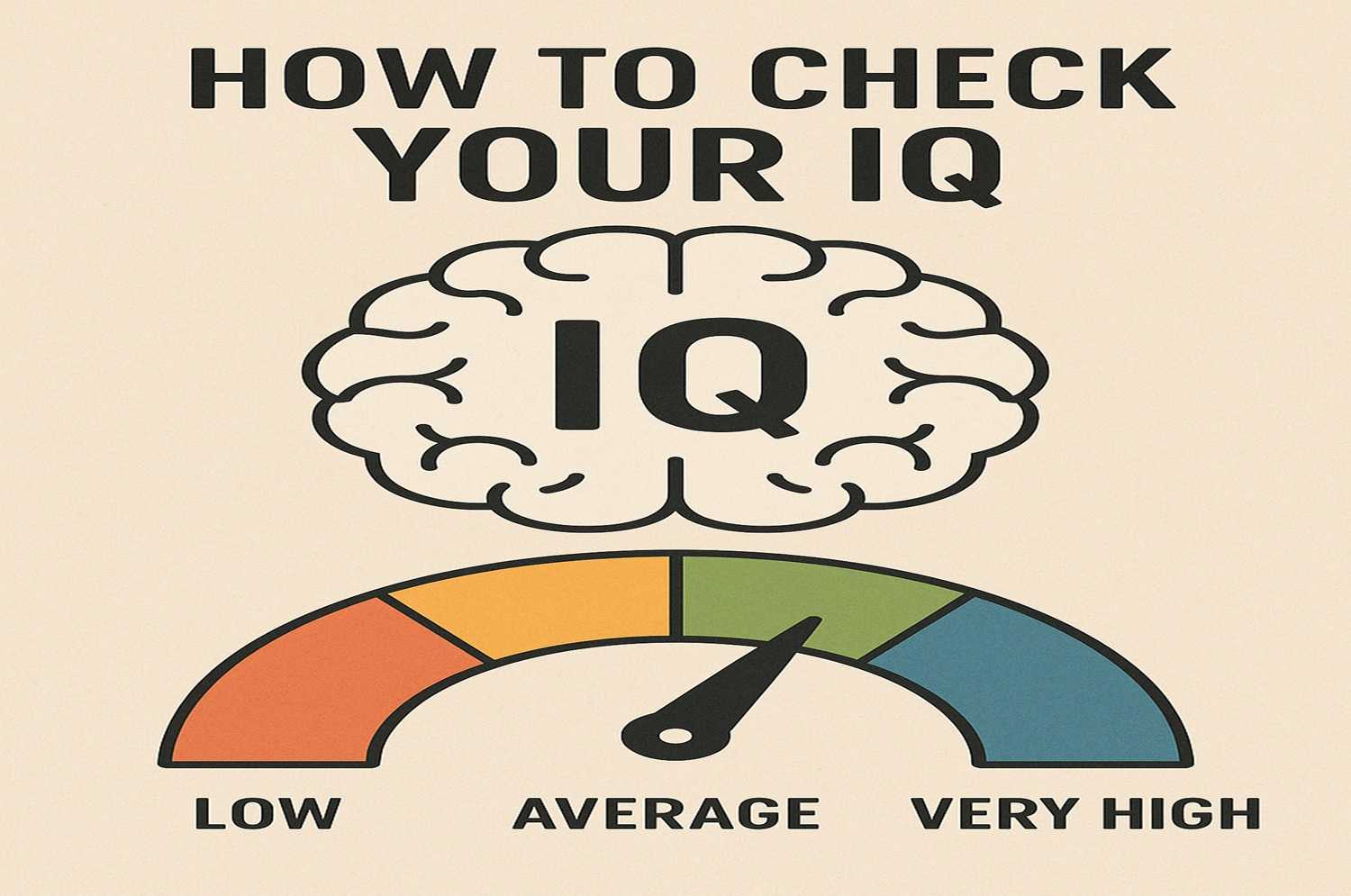If you constantly question whether your prayers are “perfect” or fear offending God with intrusive thoughts, you might be dealing with Religious OCD, also called Scrupulosity. In this beginner’s guide, we’ll explain what it is, how it affects your mental health, and what steps you can take to reclaim peace—without abandoning your beliefs.
Table of Contents
ToggleWhat is Religious OCD (Scrupulosity)?
Definition and Core Characteristics
Religious OCD, also known as Scrupulosity, is a form of Obsessive-Compulsive Disorder where an individual becomes consumed by intrusive thoughts related to religious or moral beliefs. These thoughts often trigger intense anxiety, guilt, or fear of divine punishment, even when no real wrongdoing has occurred.
People with scrupulosity engage in compulsive behaviors—like excessive prayer, confession, or mental rituals—in an effort to neutralize their distress or “purify” their conscience. The core characteristics include:
- Persistent, unwanted religious or moral thoughts
- Excessive fear of sinning or offending a higher power
- Repetitive rituals to relieve guilt or seek reassurance
- Doubts that no amount of reassurance can resolve
This condition is not about faith itself—it’s about how fear hijacks one’s beliefs and turns them into a source of torment.
How It Differs from Strong Religious Devotion
It’s important to differentiate scrupulosity from healthy religious practice. Strong religious devotion is typically marked by peace, purpose, and moral clarity. In contrast, scrupulosity breeds anxiety, doubt, and spiritual distress.
Here are key differences:
| Scrupulosity | Healthy Religious Devotion |
|---|---|
| Driven by fear, guilt, and anxiety | Driven by love, connection, and faith |
| Rigid, compulsive, and excessive rituals | Flexible, meaningful spiritual practice |
| Focused on avoiding punishment | Focused on growing spiritually |
| Impairs daily functioning | Enhances life satisfaction |
Whereas devotion brings comfort, scrupulosity feels like a moral emergency on repeat—one the mind can’t silence.
Real-Life Examples of Scrupulosity
To better understand how scrupulosity shows up in real life, here are a few common scenarios:
- The Overconfessor: A young man feels compelled to confess every impure thought, no matter how minor, fearing he’ll be damned if he forgets even one.
- The Repetitive Pray-er: A woman repeats her prayers dozens of times until they feel “perfect,” believing that an error could offend God.
- The Morality Checker: A student constantly replays past actions in their head, analyzing whether they accidentally sinned—even in harmless situations.
- The Ritual Follower: Someone insists on doing religious rituals in a specific order or time frame, terrified that deviation might bring divine punishment.
These examples aren’t about stronger faith—they’re about the distressing doubt that something spiritually terrible will happen if every detail isn’t “just right.”
Signs and Symptoms of Religious OCD
Mental and Emotional Signs
People with Religious OCD (also known as scrupulosity) often experience persistent, intrusive thoughts that revolve around morality, sin, or fear of offending God. These thoughts are not simply worries — they’re distressing obsessions that can feel impossible to silence. You may feel overwhelming doubt about your faith, constantly question your intentions, or obsess over whether your thoughts or actions have spiritual consequences. This emotional turmoil often leads to chronic guilt, shame, and a distorted sense of religious obligation.
Behavioral Symptoms (Repetitive Prayer, Confession, etc.)
The emotional distress caused by scrupulosity often triggers compulsive behaviors aimed at reducing guilt or preventing perceived spiritual harm. These behaviors may include excessive praying, repeating religious rituals, frequently confessing sins (even minor or imagined ones), or seeking constant reassurance from religious leaders. What sets these behaviors apart from typical religious devotion is their compulsive, anxiety-driven nature — they’re performed not out of faith, but out of fear.
The Guilt and Anxiety Cycle
At the heart of Religious OCD lies a relentless cycle: intrusive thought → anxiety → compulsive ritual → temporary relief → intrusive thought again. This cycle reinforces itself over time, making it harder to break free. The guilt that follows these obsessions isn’t resolved through rational thought or spiritual guidance; instead, it deepens, feeding the fear that something is always spiritually wrong. This endless loop can lead to emotional exhaustion, spiritual confusion, and even avoidance of religious practices altogether
What Causes Religious OCD?
Religious OCD (also known as scrupulosity) is a form of obsessive-compulsive disorder where intrusive thoughts and compulsions revolve around morality, religion, or fear of sinning. While its symptoms may seem purely spiritual, the root causes are often deeply psychological and biological.
Role of Genetics and Brain Chemistry
Like other forms of OCD, religious OCD has strong links to brain chemistry and genetics. Studies show that people with OCD often have differences in serotonin regulation, a chemical that helps control mood and anxiety. Genetics also plays a significant role—if a close family member has OCD or anxiety disorders, the chances of developing OCD increase. These biological factors can amplify how a person reacts to guilt, fear, or religious doubt, setting the stage for scrupulosity.
Religious Upbringing and Environment
Your environment shapes how OCD expresses itself. If you grew up in a religious household with strict moral codes or intense focus on sin and salvation, those themes may become central to your obsessions. Constant fear of divine punishment or an overemphasis on moral perfection can reinforce compulsive behaviors like excessive prayer, confession, or mental rituals to “neutralize” intrusive thoughts. It’s not religion itself, but the interpretation and emotional weight assigned to religious practices that often trigger or worsen symptoms.
Common Misconceptions About Sin and Purity
Religious OCD often thrives on black-and-white thinking. Many sufferers wrongly believe that even having a blasphemous or immoral thought is equivalent to committing a sin. This leads to a harmful cycle of guilt, fear, and compulsive behaviors aimed at achieving moral purity. In truth, fleeting thoughts don’t define one’s character or spiritual standing—they are normal brain activity. Recognizing that intrusive thoughts are not voluntary or sinful is crucial in breaking free from this cycle.
How to Cope with Religious OCD (Beginner’s Steps)
Step 1: Recognize the OCD Thought Pattern
The first step in coping with religious OCD is identifying obsessive thoughts and compulsive behaviors tied to your faith. These may include excessive praying, seeking repeated reassurance, or interpreting minor sins as spiritual failure. Unlike genuine spiritual reflection, OCD thoughts feel intrusive, anxiety-driven, and relentless. Recognizing this distinction helps break the cycle of guilt and fear.
Step 2: Seek Professional Help (CBT & ERP)
Cognitive Behavioral Therapy (CBT), especially Exposure and Response Prevention (ERP), is the gold standard for OCD treatment. A trained therapist can help you gradually face feared thoughts without engaging in compulsive rituals. This process teaches your brain that discomfort can be tolerated and that compulsions only feed the anxiety. Therapy is not a lack of faith—it’s a path to healing.
Step 3: Setting Spiritual Boundaries with Compassion
Religious OCD can blur the line between devotion and distress. It’s crucial to set compassionate boundaries in your spiritual practices. For example, choosing a set time for prayer instead of repeating it until it “feels right,” or limiting confession frequency. Talk to trusted faith leaders who understand mental health, and remind yourself: healthy faith brings peace, not fear.
Step 4: Mindfulness & Self-Compassion Techniques
Mindfulness helps you stay present without reacting to obsessive thoughts. When intrusive fears arise, observe them without judgment—like clouds passing in the sky. Pair this with self-compassion: speak to yourself kindly, as you would to a friend struggling. These practices soften the emotional toll of OCD and help restore a sense of inner calm.
Step 5: Find Faith-Sensitive Therapists or Support Groups
Healing is easier with support. Seek out therapists who respect your religious background and understand scrupulosity. Joining OCD-specific or faith-sensitive support groups can also provide validation and tools. Knowing you’re not alone—and that others have walked a similar path—can be incredibly empowering on the road to recovery.
Common Mistakes to Avoid
Living with Religious OCD (Scrupulosity) can be overwhelming, especially when certain coping habits unintentionally make symptoms worse. Here are a few common pitfalls to watch out for:
Suppressing Intrusive Thoughts
Trying to forcefully push away intrusive religious thoughts often backfires. The more you resist, the more persistent they become. Instead of suppressing them, practice mindful acceptance—acknowledge the thought without judgment and allow it to pass without engaging. Exposure and Response Prevention (ERP) therapy often focuses on this approach.
Overindulging in Reassurance or Rituals
Constantly seeking reassurance from spiritual leaders, repeating prayers excessively, or engaging in rituals may offer temporary relief but reinforce the OCD cycle. Over time, this can increase dependency on compulsions. Learning to sit with uncertainty is a key part of long-term recovery.
Self-blaming and Isolation
Blaming yourself for your thoughts or avoiding religious spaces out of fear can lead to shame and isolation. Remember, intrusive thoughts do not define your faith or character. Opening up to trusted mental health professionals or support groups can break the cycle of guilt and loneliness.
What ERP (Exposure and Response Prevention) Looks Like
ERP, or Exposure and Response Prevention, is the gold standard treatment for Religious OCD. In therapy, you’re gently and gradually exposed to the thoughts, images, or situations that trigger your religious fears—without performing the usual compulsions like excessive praying, confessing, or seeking reassurance.
A typical ERP session might involve reading a feared religious passage or imagining a scenario that feels “morally wrong” and resisting the urge to mentally “undo” it. Over time, this rewires your brain to tolerate uncertainty and reduce obsessive fears. ERP isn’t about challenging your faith—it’s about helping you separate OCD from your genuine beliefs.
Can You Stay Religious While Healing?
Absolutely. Many people with Religious OCD fear that seeking therapy means abandoning their faith—but this isn’t the case. In fact, effective therapy can help you reconnect with your faith in a more authentic and less fear-driven way.
Therapists experienced in Religious OCD are sensitive to spiritual values. They won’t ask you to give up your religion—they’ll work with you to distinguish between your core beliefs and OCD-driven distortions. Healing doesn’t mean giving up devotion; it means reclaiming it with peace, clarity, and confidence.
Success Stories and Testimonials
Thousands of people have found relief from Religious OCD through therapy—especially ERP. Stories of healing often include moments of fear and doubt, but also breakthroughs: attending services without obsessive guilt, praying freely, or simply enjoying spiritual life again.
Read Also:
How to Build a Relationship Based on Interdependence: A Beginner’s Guide to Healthy Love
FAQ:
1. What is religious OCD in simple terms?
Religious OCD involves intrusive thoughts and compulsions about faith, morality, or offending religious beliefs.
2. Is religious OCD the same as being very religious?
No, religious OCD involves intrusive thoughts and compulsions, not just being deeply religious or devout.
3. Can religious OCD be cured?
Religious OCD can be effectively managed with therapy, especially ERP, but not permanently cured.
4. What are examples of religious OCD thoughts?
Fear of offending God, repeating prayers perfectly, intrusive blasphemous thoughts, or compulsively confessing sins.
5. What therapy works best for religious OCD?
Exposure and Response Prevention (ERP) therapy is most effective for treating religious OCD symptoms.









